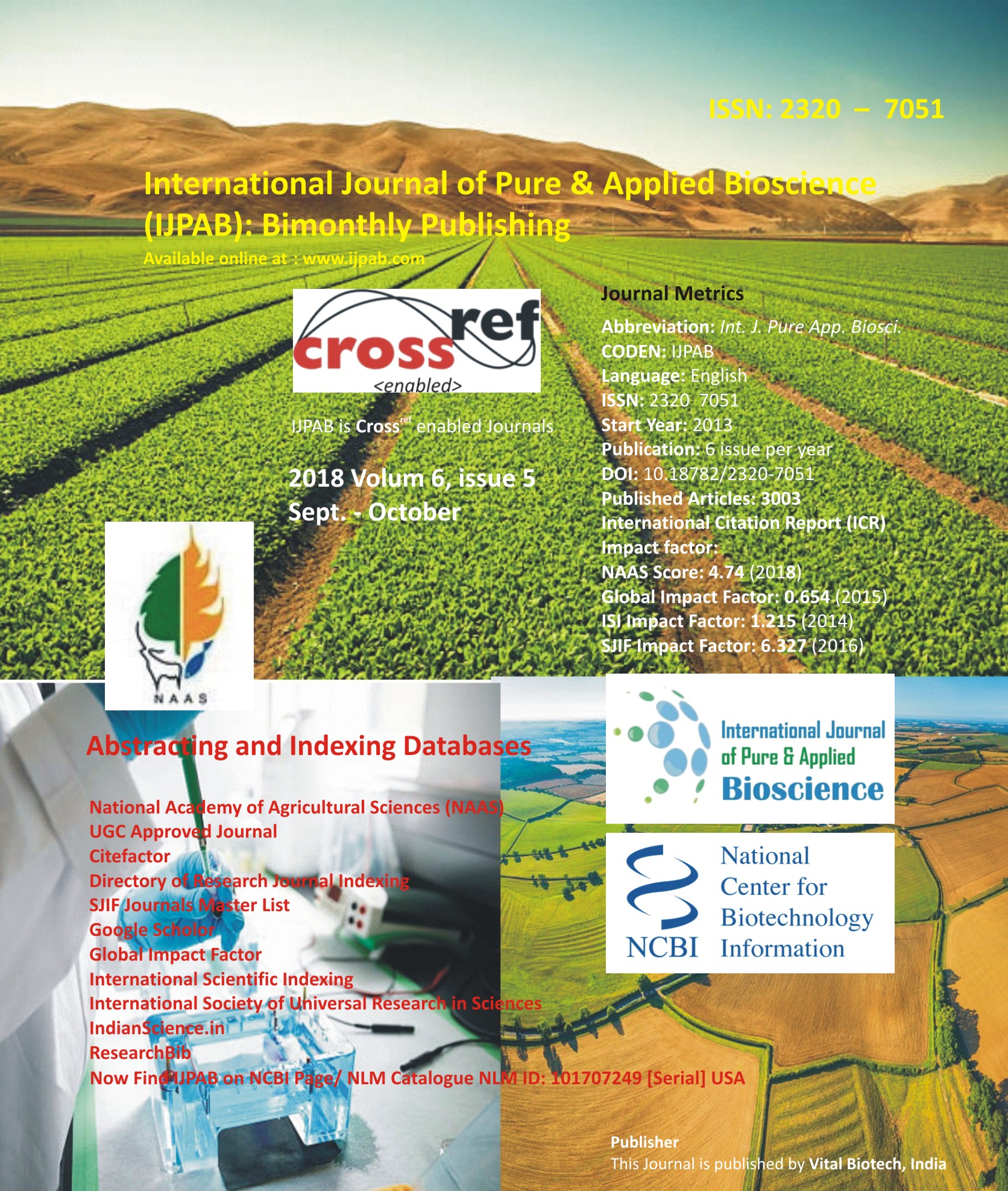
-
No. 772, Basant Vihar, Kota
Rajasthan-324009 India
-
Call Us On
+91 9784677044
-
Mail Us @
editor@ijpab.com
International Journal of Pure & Applied Bioscience (IJPAB)
Year : 2018, Volume : 6, Issue : 5
First page : (266) Last page : (271)
Article doi: : http://dx.doi.org/10.18782/2320-6949
Sibling Relationship Among Twins and Singletons
Madhumati K. Mantur* and Sunanda Itagi
Department of Human Development & Family Studies, College of Rural Home Science
University of Agricultural Sciences, Dharwad -580005 India
*Corresponding Author E-mail: mkmantur287@gmail.com
Received: 9.07.2018 | Revised: 3.08.2018 | Accepted: 12.08.2018
ABSTRACT
Sibling relationship among 39 pairs of twins and 78 singletons was studied during 2015. The respondents selected for the study were belonging to 10-24 years age range from Hubli and Dharwad cities. The self structured schedule was used to gather personal information. The sibling relationship was assessed by using Sibling Relationship Checklist (SRC) developed by Lord and Borthwicks. The results revealed that there were significant differences between twins and singletons as well as monozygotic and dizygotic twins. This indicted that twins specially monozygotic twins had more healthier sibling relationship than singletons. There was significant difference was observed between singleton sibling one and two but not among twin one and two. It showed that, sibling one had slightly higher sibling relationship than sibling two. Among both twins and singletons females were had more healthy relationship than the males. Genetic relatedness, same age individuals and sharing of common environment before and after birth, same home and school environment may add to healthy sibling relationship among twins.
Key words: Twins, Singletons and Sibling relationship.Full Text : PDF; Journal doi : http://dx.doi.org/10.18782
Cite this article: Mantur, M.K. and Itagi, S., Sibling Relationship Among Twins and Singletons, Int. J. Pure App. Biosci.6(5): 266-271 (2018). doi: http://dx.doi.org/10.18782/2320-7051.6949

